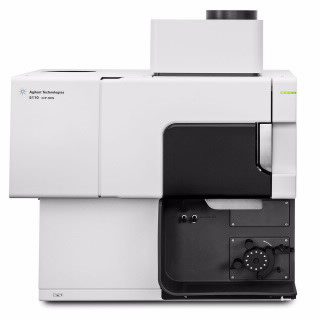INDUCTIVELY COUPLED PLASMA OPTICAL EMISSION SPECTROSCOPY (ICP-OES)
Inductively Coupled Plasma (ICP) based analytical techniques can provide quantitative bulk elemental composition of a wide variety of sample types, including powders, solids, liquids, and suspensions. Solid samples are generally dissolved or digested using a combination of acids in a closed microwave system, thus retaining potentially volatile analyte species. The resulting sample solution is then nebulized into the core of inductively coupled argon plasma, where temperatures of approximately 9000 K are attained. At such high temperatures, the nebulized solution is vaporized, and the analyte species are atomized, ionized and thermally excited. The analyte species can then be detected and quantitated with an optical emission spectrometer (OES), which measures the intensity of radiation emitted at the element-specific, characteristic wavelength from thermally excited analyte atoms or ions. Intensity measurements are converted to elemental concentration by comparison with calibration standards. This technique is especially powerful for quantitative chemical analysis when standards are not available.
Technical Specifications
Detector : Dark detector
Sample Size Requirement : 250 mg to 1 gram of solid sample; typical solution volumes range from 2 -10 mL
Range of Elements Detected
Ideal Uses :
Typical Detection Limits :
Our Strengths :

